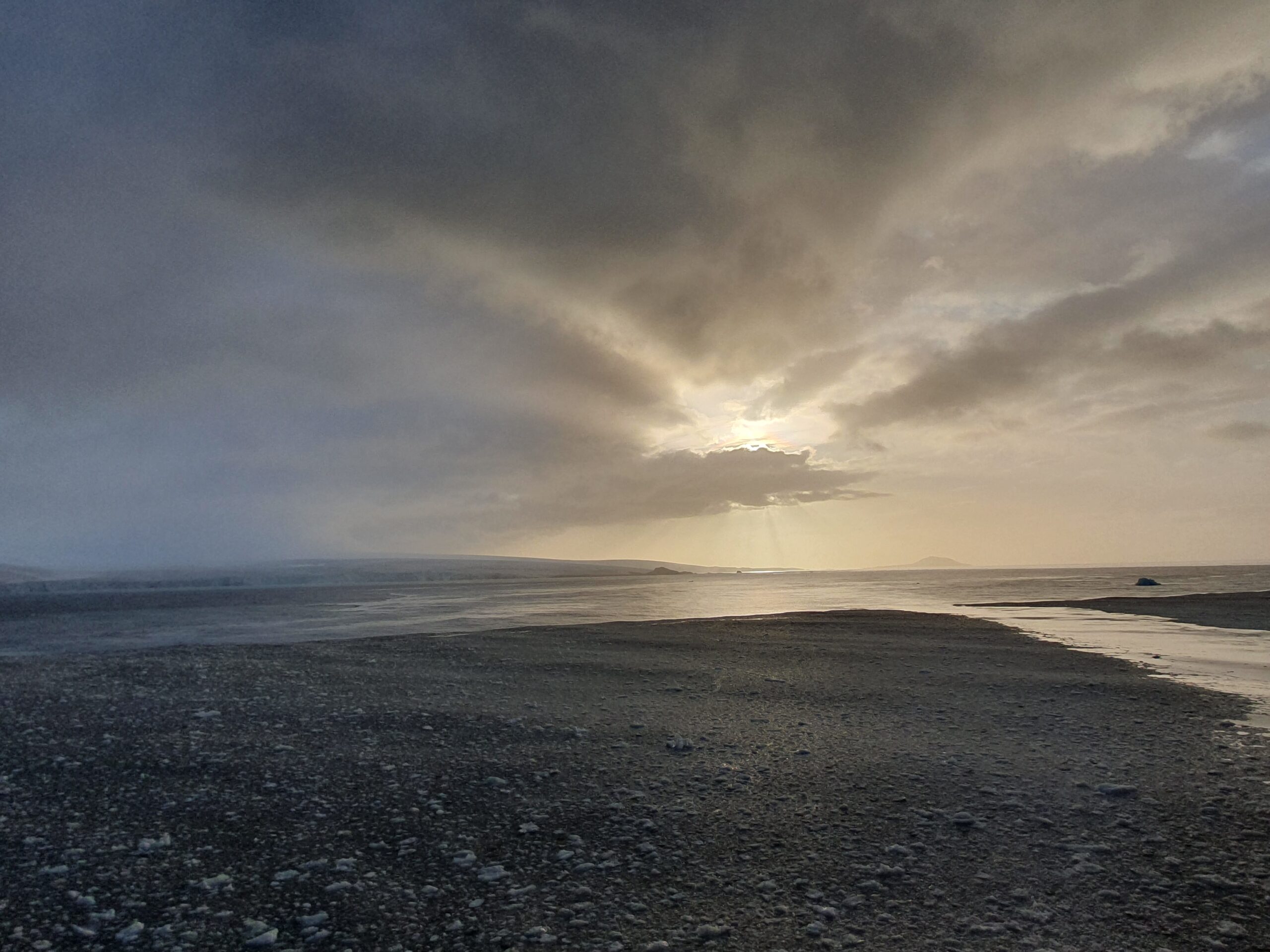SiCLING
Silicon CycLing IN Glaciated environments (SiCLING)
- Start date
- 1 February, 2024
- End date
- 31 December, 2026
The polar regions are experiencing the most rapid climate change observed on Earth: temperatures are rising in some regions of the Arctic and Antarctic at more than double the global average rate, there has been a dramatic increase in extreme warming events, and there are concerns about the impact of ice melt on global systems. Marine ecosystems are already responding to – and amplifying – environmental change, with important implications for carbon burial and important natural resources such as fisheries. One important type of microalgae, which form the basis of these polar ecosystems and provide an important conduit for carbon flow from the surface to the seafloor, are diatoms. Diatoms build their microscopic shells from silica, and so dissolved silicon (DSi) is a critical nutrient for their growth. As such, we need a better understanding of how climate-sensitive processes within polar environments impact the nearshore, shelf and open ocean exchange of silicon cycling, and their consequences for regional and global systems.
The cycling of silicon behaves very differently in the two polar regions. There is increasing evidence that – in many Arctic regions – how and how much DSi reaches the surface ocean essentially sets the degree to which diatoms can grow and fix carbon. Around Antarctica, nutrient-rich nearshore shelf waters exchange with the open ocean and feed downstream via the Antarctic Circumpolar Current into the Southern Ocean, which – in turn – supplies nutrients to the global ocean. The sources of this critical nutrient, DSi, to the polar oceans, especially from glacial weathering, and the physical mixing and upwelling processes that supply DSi to surface waters are likely to change into the future, with significant impacts on regional biological productivity and further afield.
Our recent work has shown that glaciers are a substantial source of both dissolved silicon (DSi) and reactive particles of silica, termed ASi. However, the processes by which DSi and ASi escape glaciated fjords are not understood; these processes have profound implications for the supply of DSi to coastal and open ocean ecosystems in the polar regions, and ultimately how this system will respond and change in the future. SiCLING will investigate links between silicon and metal cycling within glacial sediments in Arctic and Antarctic fjords, and the impact of these processes on the flow of nutrients into the polar coastal ocean and beyond.
